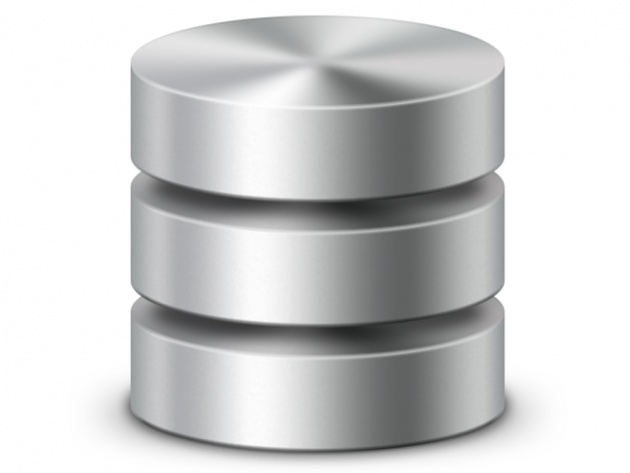A database is an organized collection of data.[1] The data is typically organized to model aspects of reality in a way that supports processes requiring information. For example, modelling the availability of rooms in hotels in a way that supports finding a hotel with vacancies.
Database management systems are computer software applications that interact with the user, other applications, and the database itself to capture and analyze data. A general-purpose DBMS is designed to allow the definition, creation, querying, update, and administration of databases. Well-known DBMSs include MySQL, PostgreSQL,Microsoft SQL Server, Oracle, Sybase and IBM DB2. A database is not generally portable across different DBMSs, but different DBMS can interoperate by using standardssuch as SQL and ODBC or JDBC to allow a single application to work with more than one DBMS. Database management systems are often classified according to thedatabase model that they support; the most popular database systems since the 1980s have all supported the relational model as represented by the SQL language. Sometimes a DBMS is loosely referred to as a 'database'.



